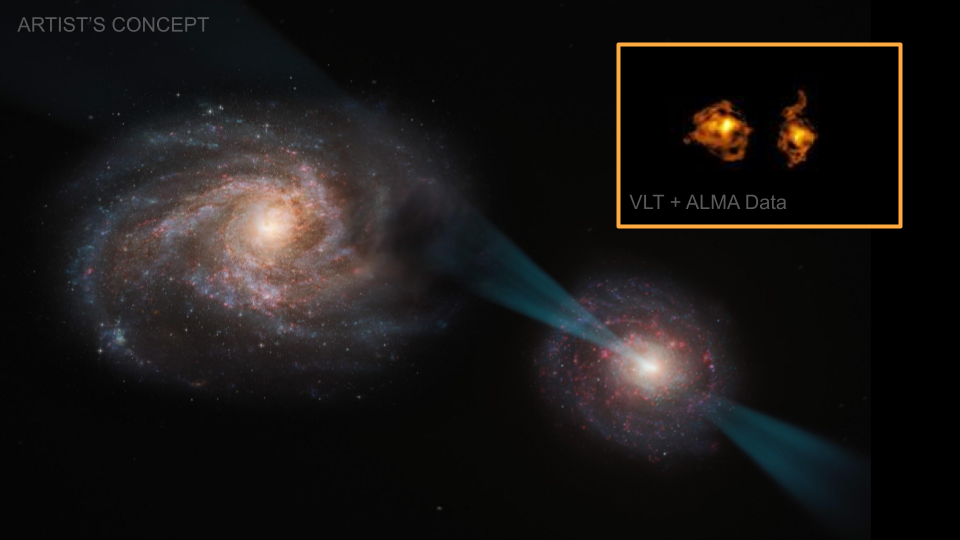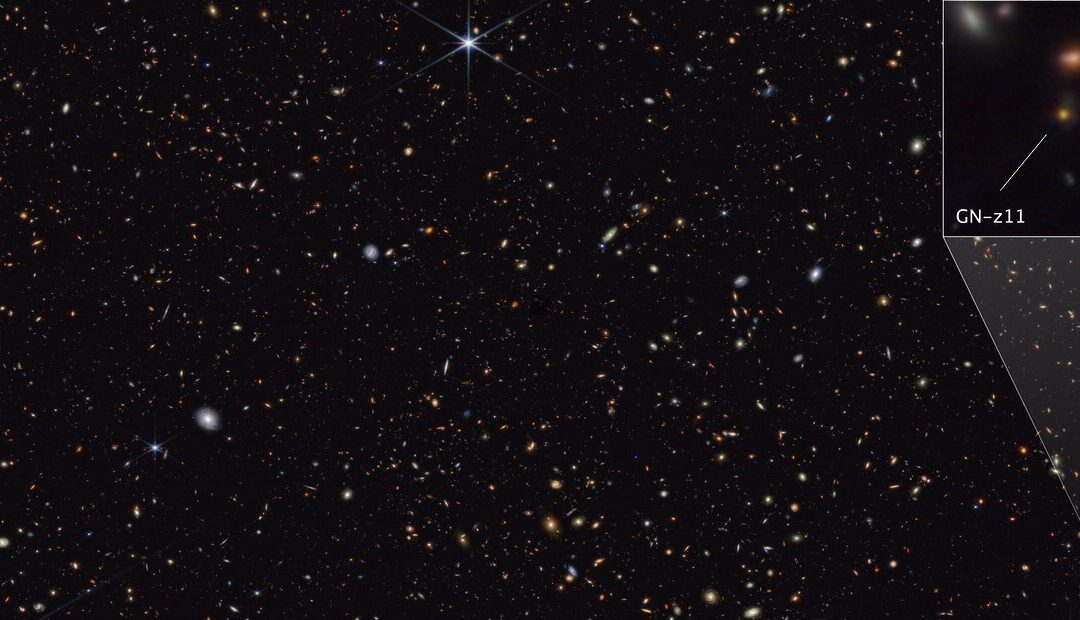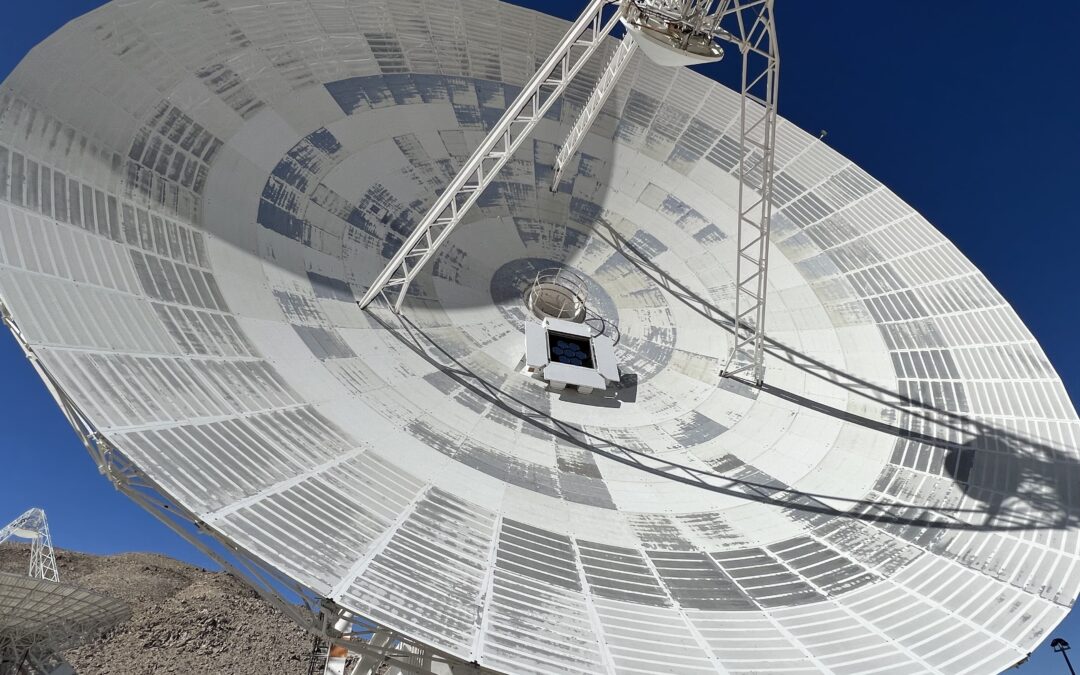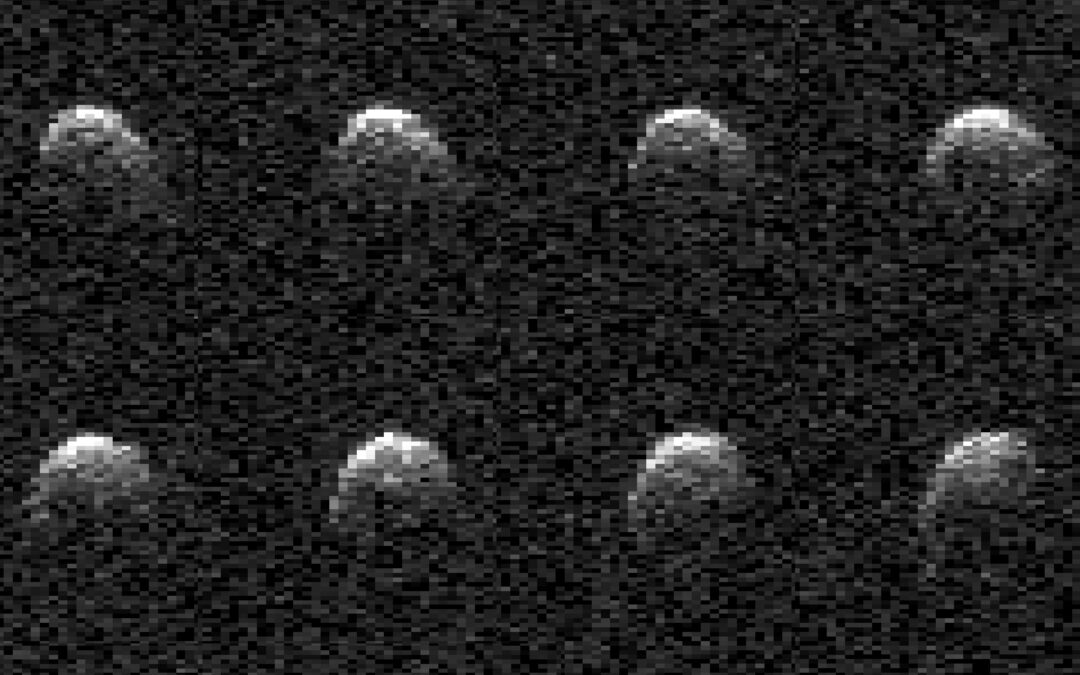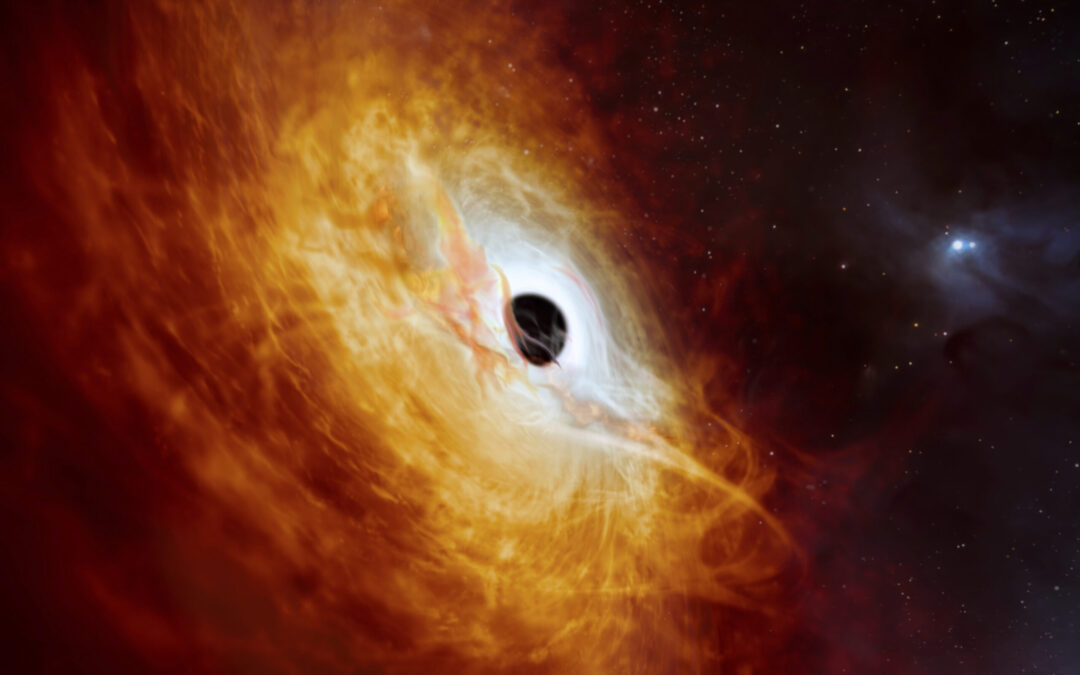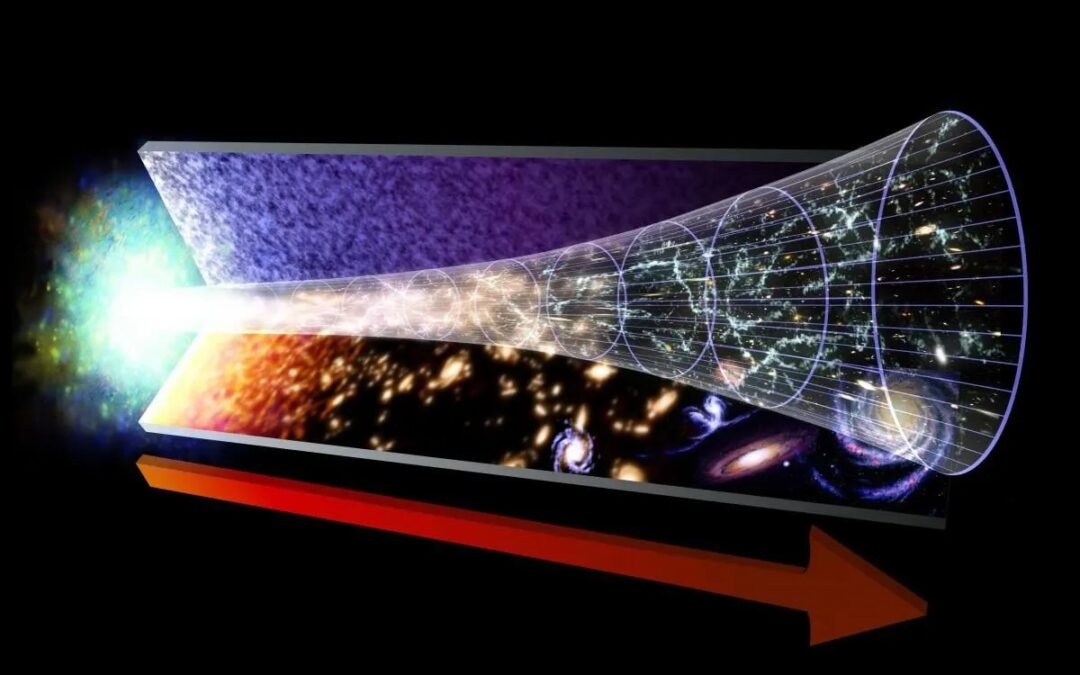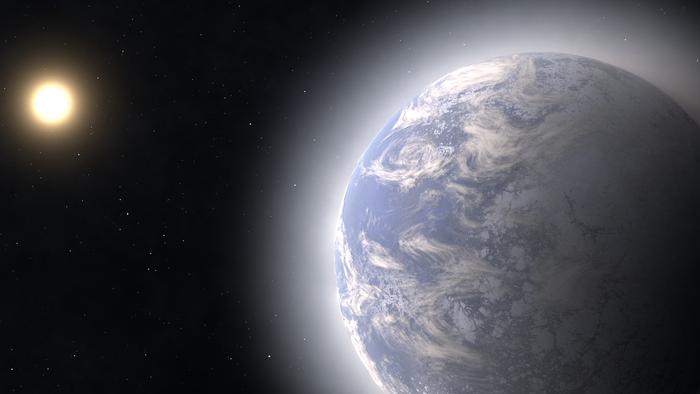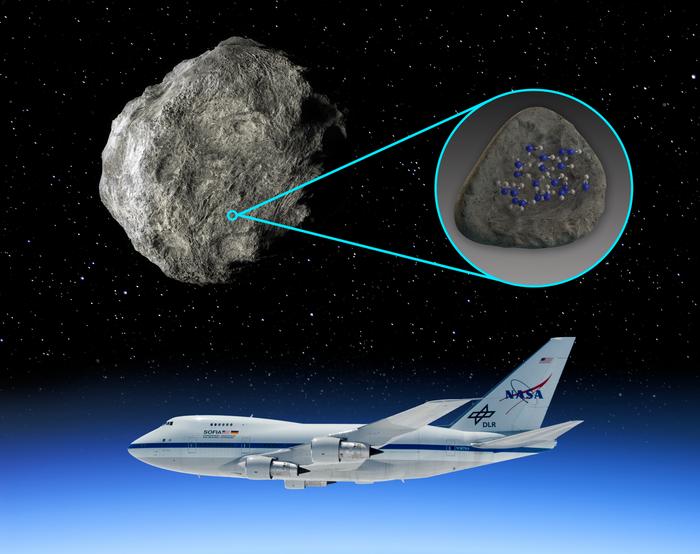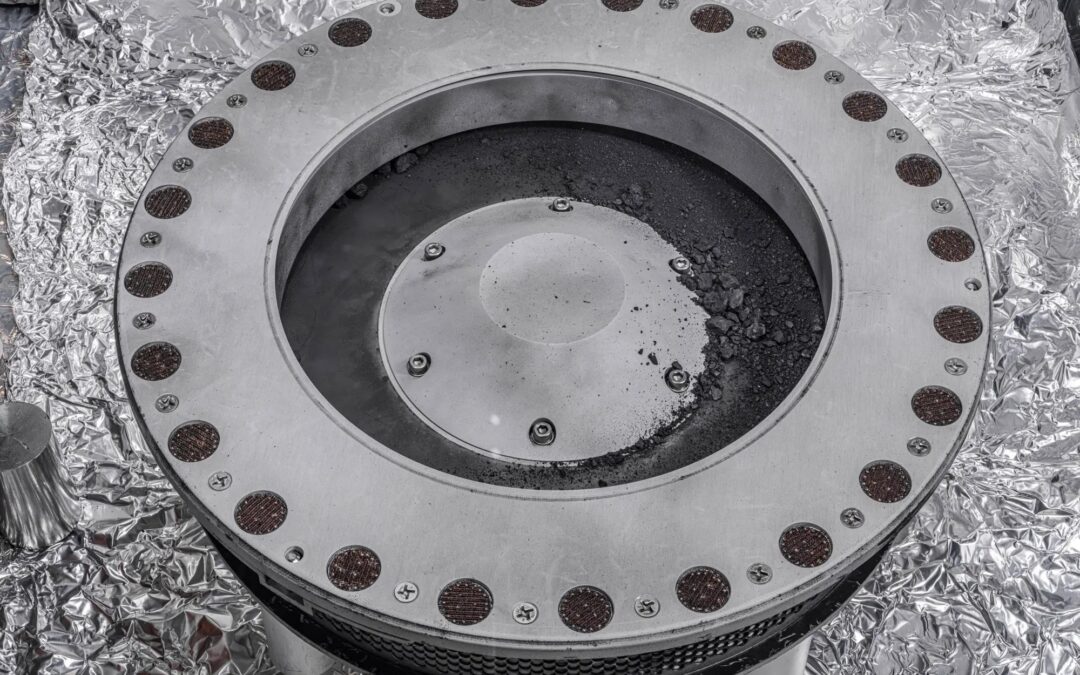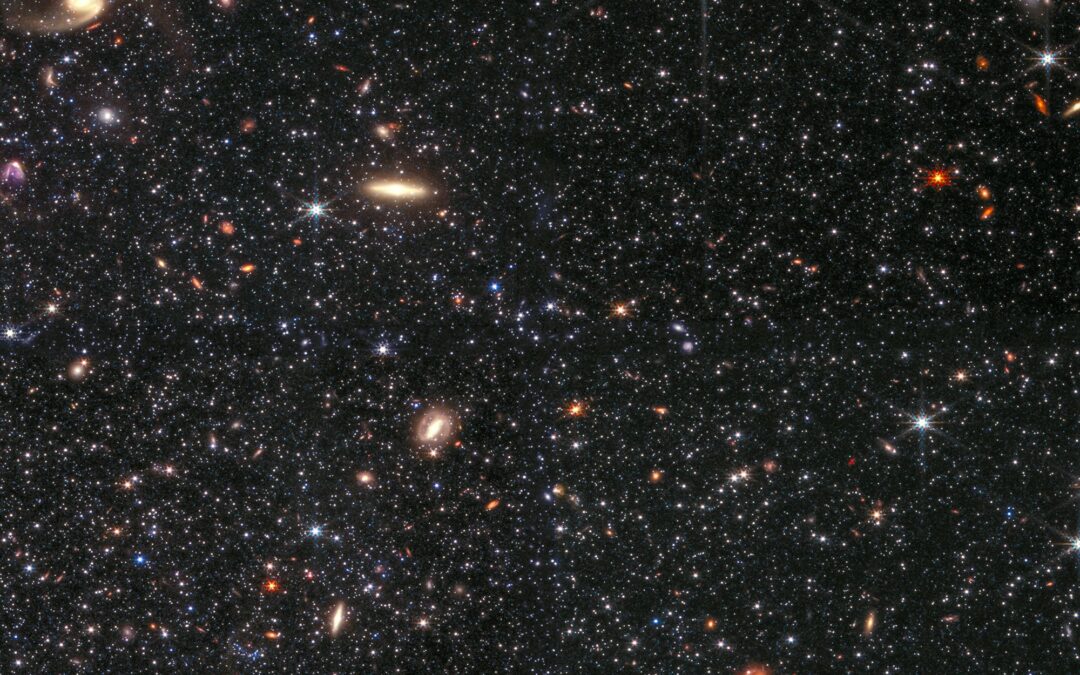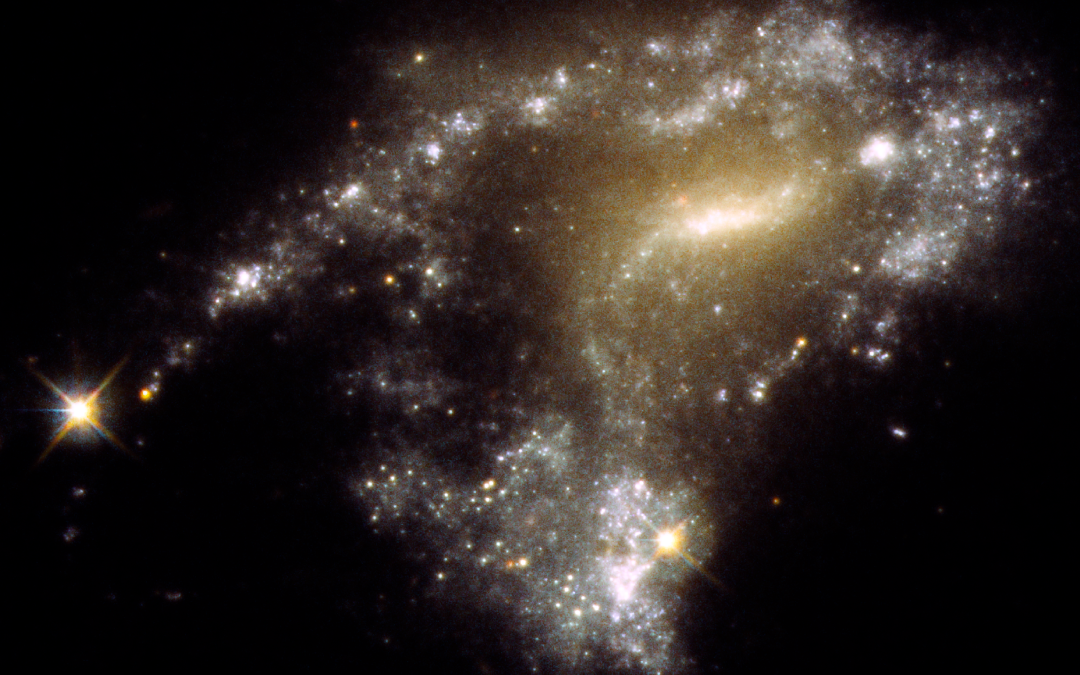An artist's illustration of the cosmic joist with the actual data embedded. Illustration Credit: ESO/M. Kornmesser. Image Credit: ALMA (ESO/NAOJ/NRAO)/S. Balashev and P. Noterdaeme et al. Researchers are learning that the jets associated with black holes can do more than we ever expected to destroy their surroundings. New data from the Atacama Large Millimeter Array and the Very Large Telescope have captured two galaxies in the process of colliding and merging into one system. Like two balls flying past one another on a bowl made of gravity, these two systems will pass back and forth...
